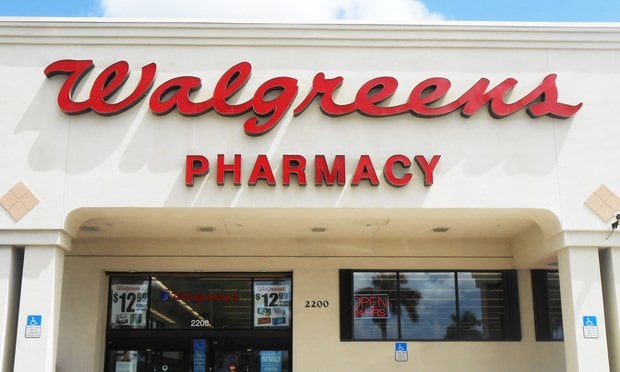Contrary to what drugmakers are purporting, price hikes on drugs are not the result of rebates, according to a study commissioned by the Pharmaceutical Care Management Association.
Based on an analysis by Visante of price growth and estimated rebate levels for the top 200 brand drugs by 2016 U.S. sales, the PCMA study finds no correlation between the increasing prices that drugmakers set on individual drugs and the rebates they negotiate with pharmacy benefit managers on those products.
Recommended For You
"As the debate over high drug prices has intensified, drugmakers have attempted to shift focus away from the increasing prices they set towards the price concessions (rebates) that they negotiate with pharmacy benefit managers (PBMs), entities that work on behalf of employers, unions, health plans, and government programs that offer prescription drug coverage," the authors wrote. "Indeed, some manufacturers even argue that increasing drug prices are somehow caused by or correlated with rebates."
However, not only is there no correlation between rebates and price growth, but the study also says top brand drugs which offered little to no commercial-sector rebates during the 2011-2016 time period still increased their prices.
Drugmakers also raised prices for drugs that typically have low rebates. For example, drugmakers more than doubled the list prices on multiple sclerosis drugs from 2011 to 2016, despite relatively low rebates on these medications — resulting in an average net price increase of $3,232 per prescription for multiple sclerosis drugs over that time period.
In addition to price increases on existing drugs, higher launch prices on new medications have also contributed to rising prescription costs — though these trends are not correlated with drug rebate levels negotiated by PBMs, according to the study.
Among the top 200 brand drugs by 2016 sales, the launch prices for drugs introduced from 2012 to 2016 were double the launch prices for those introduced prior to 2012. While rebates for the second drug introduced into a competitive class are higher than the first drug's rebate 72 percent of the time, the chance of the second drug having a higher launch price than the first drug is only 50 percent.
The authors speculate the true reason why drugmakers are raising prices: Perhaps they are trying to counter shrinking prescription volume for brand drugs. The study provides two graphs showing how brand prescription volume has plummeted from 2011 to 2016 as generics have replaced brands — at the same time that brand drug prices have skyrocketed to maintain revenues.
Separately, NBC News reports on a Consumer Reports survey which shows at least 28 million Americans have experienced a spike in the cost of their prescription medications in the past 12 months. The price was so high for 4 million of those people that they walked away without their prescription altogether.
"We are nearing a crisis point with what Americans can afford for medication, and it's scary," concludes Consumer Reports. "And honestly, as far as we can tell, there are no brakes on it right now. Congress may have a few things up its sleeve, but we're still waiting."
Lisa Gill of Consumer Reports tells NBC News PBMs are "the middle man" in the equation, negotiating prices with the drug companies and the pharmacies, on behalf of the insurance companies. As such, PBMs are also wrapped up in the blame game for higher prices.
The drug companies blame the PBMs, saying they force them to drive prices up because of all those deals, Gill says. The PBMs blame the drug companies, saying they wouldn't have to make deals if the prices were lower. And, the insurance companies blame both, saying for whatever reason, prices are just too high.
"For the actual retail price of a drug to go down, it would take either government intervention or for the marketplace to actually lower the price," she says.
© 2025 ALM Global, LLC, All Rights Reserved. Request academic re-use from www.copyright.com. All other uses, submit a request to [email protected]. For more information visit Asset & Logo Licensing.








